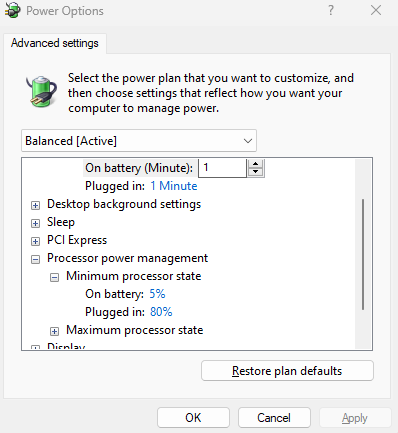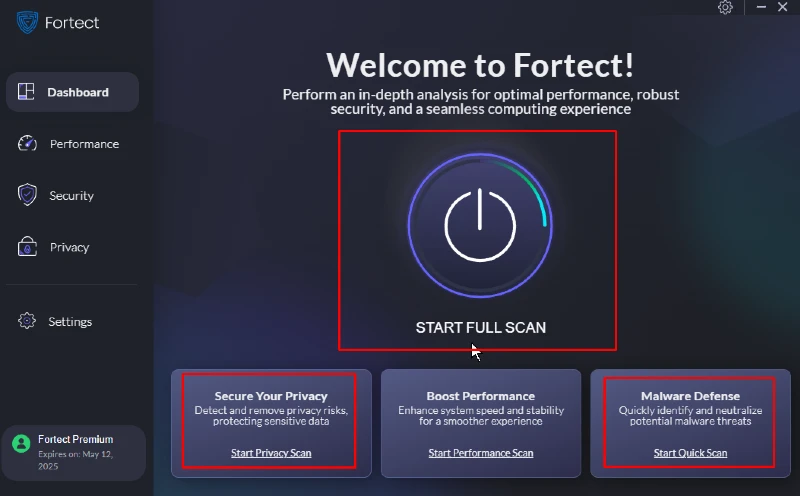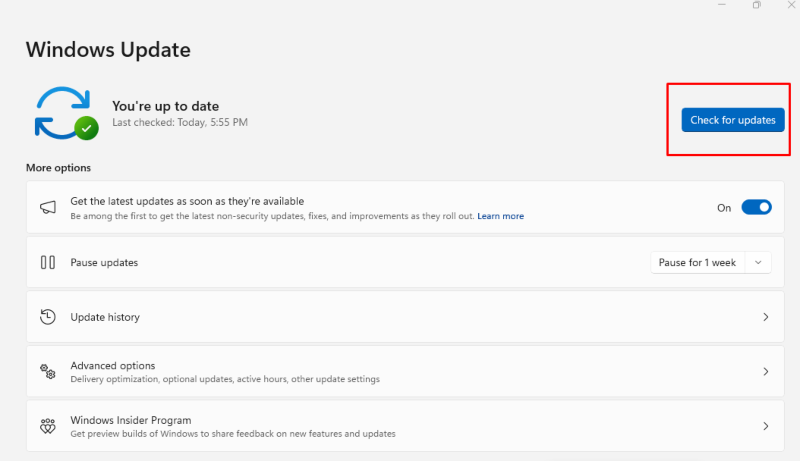How to Fix It When a Windows Computer Randomly Restarts
A Windows computer that randomly restarts can be frustrating, especially when you’re in the middle of important tasks. Several factors, from hardware issues to software bugs, could trigger these unexpected reboots.
We will examine the common causes and practical solutions to help you resolve the problem.
Common Causes of Random Restarts
Understanding what might be causing your Windows computer to restart unexpectedly can help you apply the proper fix. Here are some common reasons:
- Overheating: Excessive heat can trigger automatic shutdowns to protect hardware components.
- Faulty Hardware: Defective RAM or a failing power supply could be responsible.
- Driver Issues: Corrupted or outdated drivers may cause system instability.
- Windows Updates: Automatic updates may force your computer to restart unexpectedly.
- Power Settings: Misconfigured power management settings can lead to random reboots.
- Malware: In rare cases, malware can cause random restarts by affecting system files.
8 Solutions to Fix Random Restarts on Windows
Disable Automatic Restarts
Windows is set by default to restart automatically when it encounters specific system errors. Disabling this feature can prevent random reboots while diagnosing the issue.
- Right-click on This PC and select Properties.
- Click on Advanced system settings.
- Under the Startup and Recovery section, click Settings.
- Uncheck the box next to restart automatically under system failure.
- Click OK to apply the changes.
This won’t fix the root cause but will stop the restarts while you troubleshoot.
Check for Overheating
Overheating is a common cause of unexpected shutdowns or restarts. If your computer gets too hot, it will restart to prevent damage.
- Ensure your computer has proper ventilation and isn’t blocked by dust or debris.
- Use a program like HWMonitor to check your CPU and GPU temperatures. If they exceed safe limits (generally above 85°C for most CPUs), this may be the issue.
- Clean out the internal fans or apply a new thermal paste to help with cooling.
Update Device Drivers
Outdated or corrupted drivers, especially graphics cards, sound cards, and motherboard components, can lead to system instability and random restarts.

- Press Windows + X and select Device Manager.
- Expand the categories and right-click on each driver you want to update.
- Select Update driver and follow the instructions to install the latest version.
For an automatic solution, you can use a third-party tool like Fortect, which scans and updates outdated drivers to prevent system crashes and restarts.
Check for Faulty Hardware
Faulty hardware, such as insufficient RAM or a failing power supply, can cause sudden reboots. Running hardware diagnostics can help identify the problem.
- Use Windows Memory Diagnostic to test your RAM:
- Press Windows + R to open the Run dialog.
- Type mdsched.exe and press Enter.
- Select Restart now and check for problems.
- If the power supply is suspected, consider having it tested or replaced.
Adjust Power Settings
Misconfigured power settings can cause your computer to restart randomly. Tweaking these settings may resolve the issue.

- Open the Control Panel and select Power Options.
- Click on Change plan settings for your active power plan.
- Select Change Advanced Power settings.
- Scroll down to Processor power management and set the Minimum processor state to 5% (or lower).
- Click OK to save the settings.
Scan for Malware
Malware infections can disrupt system files and processes, causing random restarts. Running a full virus scan can help identify and remove any malicious software.
- Open Windows Security by pressing Windows + I and navigating to Update & Security > Windows Security.
- Select Virus & Threat Protection and click on Quick Scan or Full Scan.
- If malware is detected, follow the on-screen instructions to remove it.
Additionally, Fortect Premium offers deep malware scanning that detects and removes any threats causing random restarts. It notifies you in real-time and efficiently eliminates malware infections while optimizing your Windows PC for better performance.

Download and install Fortect now.
Perform a System Restore
If the random restarts started after a recent software update or installation, performing a System Restore may help roll back your System to a stable state.
- Press Windows + S, type Create a restore point, and press Enter.
- In the System Properties window, click System Restore.
- Select a restore point before the problem starts and follow the prompts to restore your System.
Check for Windows Update
Keeping your System updated can help resolve bugs that might cause random restarts. Installing the latest updates ensures your System is running on the most stable version of Windows.

- Press Windows + I to open Settings.
- Go to Update & Security > Windows Update.
- Click Check for updates and install any available updates.
Final Thoughts
Dealing with random restarts on your Windows computer can be challenging, but with the steps outlined above, you should be able to identify and resolve the issue. Whether updating drivers, adjusting power settings, or checking for faulty hardware, these approaches will help you address the problem effectively.
Implementing these solutions will minimize the chances of unexpected reboots and keep your computer running smoothly. Regular maintenance and monitoring can prevent future issues, ensuring a more stable and reliable computing experience.




